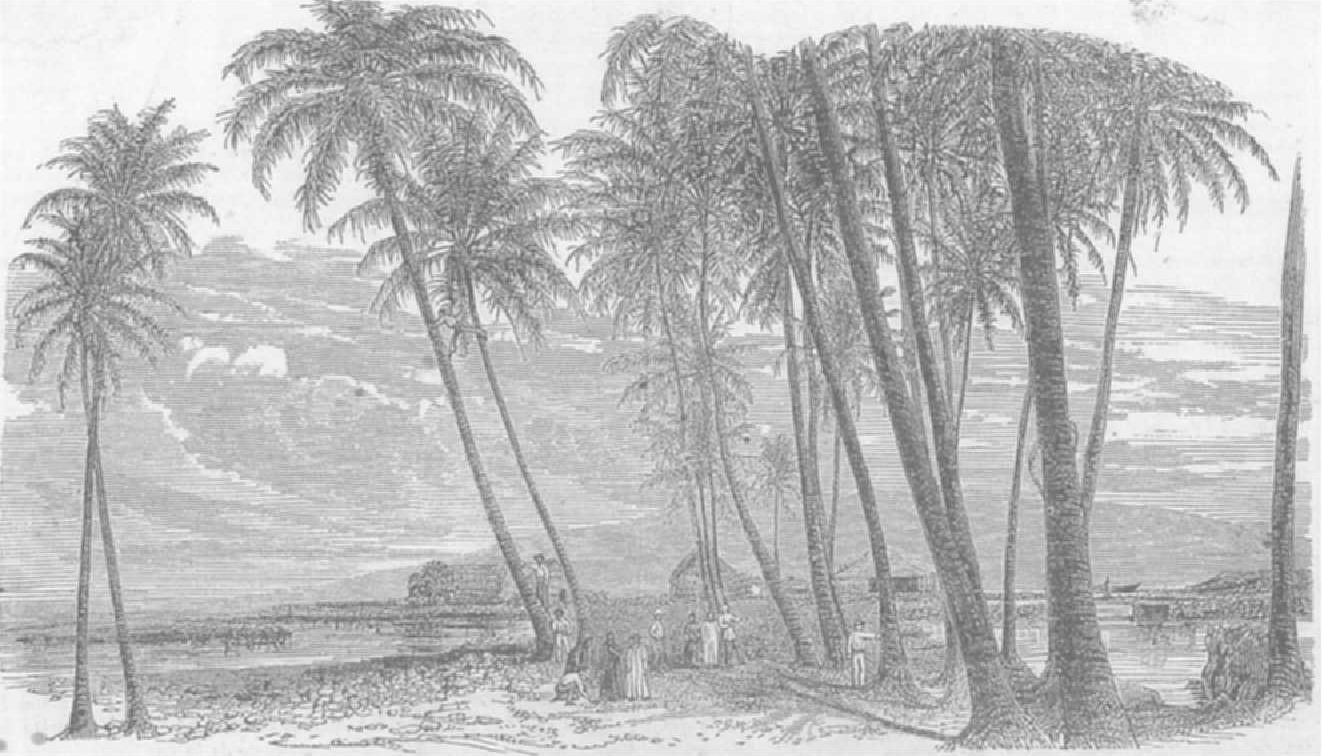Journal/
conference: JAMA Internal Medicine
conference: JAMA Internal Medicine
Research:Paper
Organisation/s:
Stanford Medicine, Harvard Medical School, County of Maui Office of Recovery - Wailuku
Funder:
This work was supported by the Stanford Health Care Sustainability Seed Grant Program, The Cost Savings Reinvestment Program, the Stanford Health Care Sustainability Program Office, and the American Society of Clinical Oncology Dr Judith and Alan Kaur Endowed Young Investigator Award.



 Pacific; International
Pacific; International


